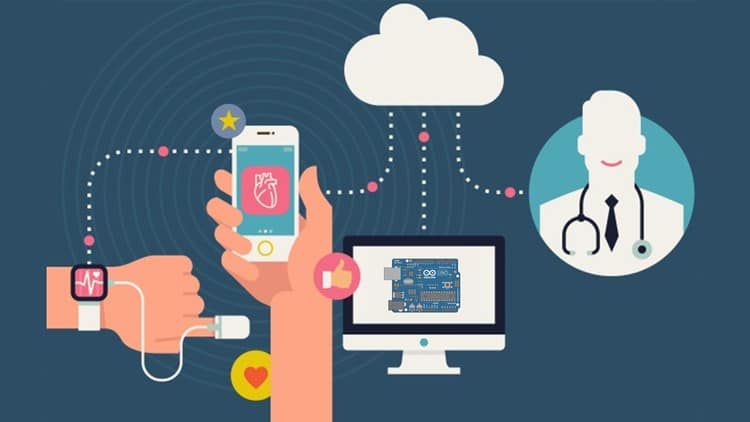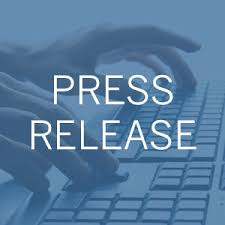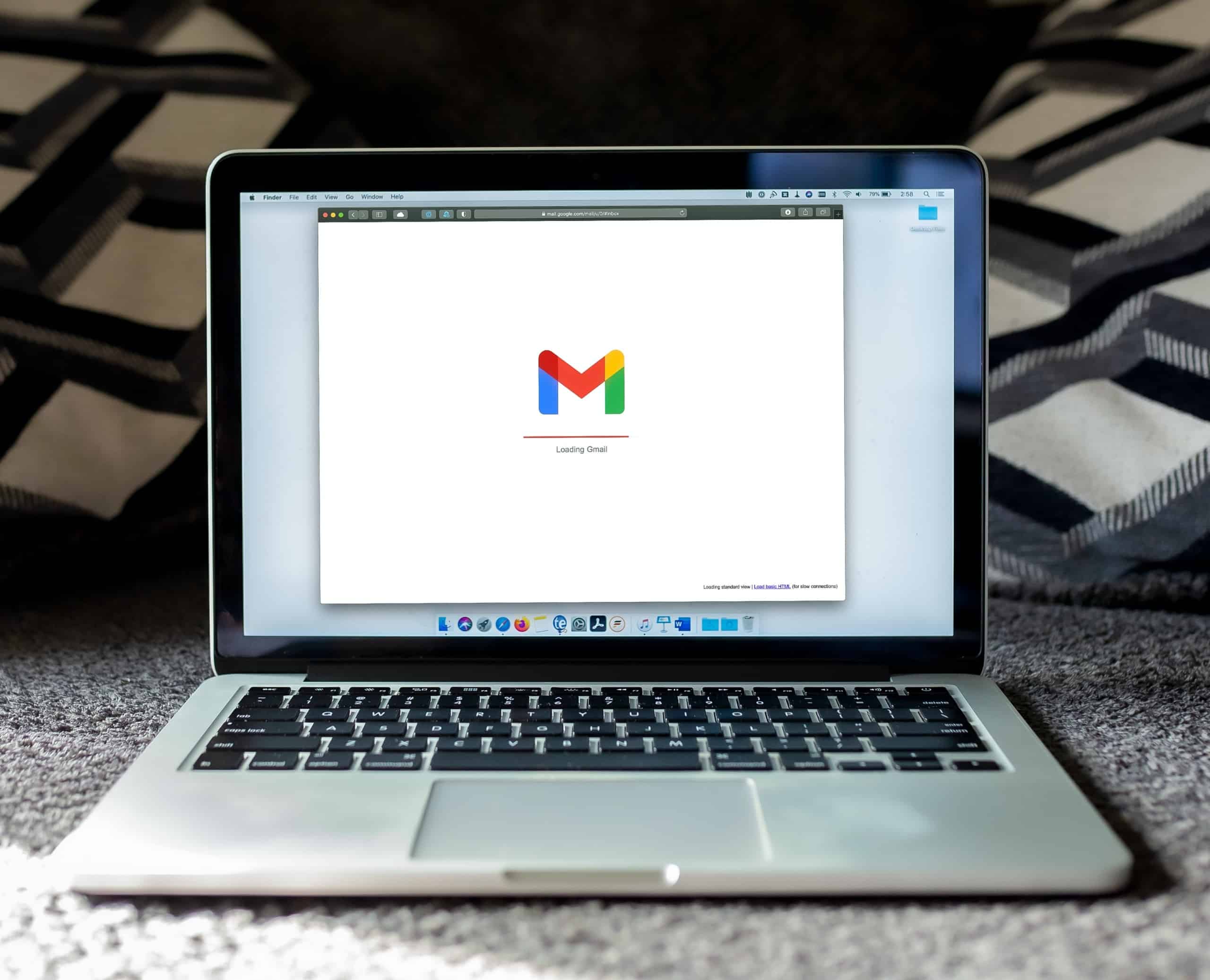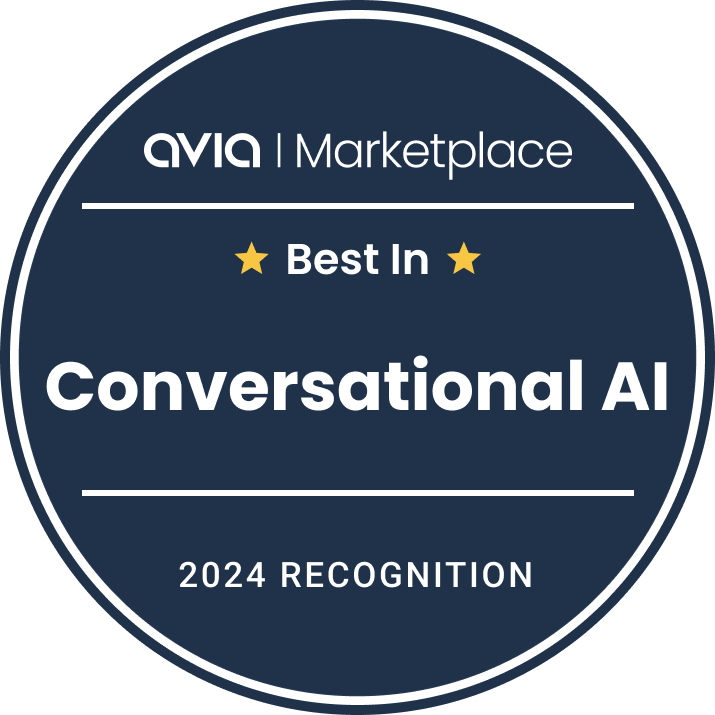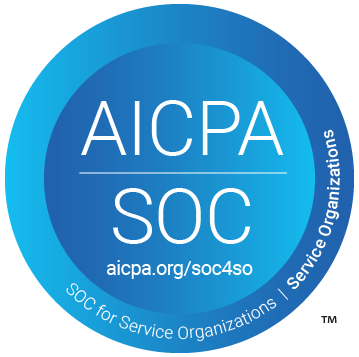How Automating Patient Intake Can Help Healthcare Providers Manage Data More Effectively
Manual patient intake is a burden.
It’s slow and prone to errors.
For patients, this can mean waiting for extended periods. But for healthcare providers, it can mean missing data, extra costs, and compliance risks.
Thankfully, automation addresses this issue by streamlining data capture, enhancing accuracy, and enhancing security.
Let’s take a closer look at how automated patient intake transforms healthcare data processes.
What Types of Data Do Healthcare Providers Need to Manage and Why?
Medical providers handle a lot of data. It’s critical to manage this effectively to stay compliant and efficient.
Some of the key types of data you need to manage in the health sector include:
- Personal health records — such as medical history, medications, medical images, and surgeries
- Billing and health insurance such as coverage details, claims, and payment records
- Administrative data related to appointments, referrals, and scheduling
- Clinical data like diagnoses, lab results, imaging, and vital signs
- Treatment data like prescriptions, therapies, and procedures
- Patient details like name, date of birth, and contact details
When you manage data effectively, you improve patient safety and ensure compliance. You also reduce operational errors and gain important insights to improve care.

What’s the Issue with Manual Patient Intake?
Manual patient intake is inefficient. Errors and slow processes can lead to issues with data accuracy and security.
And worse … they also disrupt the patient experience.
Issues with Manual Patient Intake
Here are some of the main problems to watch out for.
Incorrect, Incomplete, or Missing Data
Manual data entry is susceptible to mistakes. This causes incorrect entries, missing details, and inconsistencies.
Inaccurate data makes it hard to make informed decisions about care.
It can also lead to compliance issues.
Inefficient Processes
One in five healthcare professionals struggle with outdated processes that slow down workflows. When you process forms, verify details and transfer data manually, you’re likely to run into delays.
It takes much longer to onboard patients, which can be frustrating.
Security and Compliance Risks
Maintaining the security of paper medical records is a significant challenge.
Files can get lost or damaged, and unauthorized personnel can easily access patient records.
Data breaches can harm your reputation and lead to a loss of patient trust. Even worse, they leave you open to HIPAA violations. Non-compliance can result in substantial fines.
Siloed Data
Data that are collected manually is often stored in different locations.
(This makes it harder to get a full view of a patient’s health status.)
Without centralized patient information, healthcare teams struggle to coordinate their efforts effectively. It’s hard to track health progress and make educated decisions.
Poor Data Analysis
Data analysis helps you improve the care you offer.
But it’s challenging to extract and organize information manually. This limits the insights you can gather. (It’s too resource-intensive to identify trends that can improve your services.)
How Can Automated Patient Intake Solve Data Management Issues?
Twenty-five percent of healthcare organizations have adopted automation solutions for patient-facing processes.
That’s because it improves data integrity, efficiency, and security.
Here’s how:
1. Better Data Accuracy and Completeness
Intake errors can lead to non-compliance, as well as misdiagnosis and incorrect treatment.
Automated data capture and digital forms make sure data is legible, complete, and valid before submission.
Imagine a pediatric clinic using paper-based forms for allergy information. Incomplete records in this case could be fatal. But with a digital intake system, parents can select from a predefined list of allergies. This reduces the likelihood that vital information will be left out.
2. Increased Efficiency
94% of healthcare organizations face staffing shortages. And paper-based processes don’t help.
Automation speeds up processing and frees up your team, allowing them to focus on direct patient care.
In fact, 44% of providers report that automation saves staff time, allowing them to focus on higher-value tasks.
Think about travel occupational therapists (OTs), for example. They constantly have to move between different medical practices. And they need to adjust to different intake forms and document rules for each establishment.
Manual data collection takes too much time, and there’s a lot of room for error. Instead, they can alter digital forms quickly to match the facility’s rules.
Patients complete the forms before their appointments, and the data is directly entered into their electronic health records (EHR).
With consistent, accurate data, the OT can review patient history before their sessions. Now they can focus on treatment rather than paperwork.
3. Lower Administrative Costs
Manual patient intake is resource-heavy. You need to pay for staff time, storage, and to remedy any mistakes.
A third of healthcare institutions report that automation saves money, resulting in lower service delivery costs.
As KPMG’s Evan Rawstron puts it …
“Rather than reduce headcount, we need to leverage technologies to better meet demand with the same workforce.”
Picture it like this.
A rural clinic struggles to charge affordable prices. This limits healthcare access to local residents.
So the clinic decides to automate its intake systems. Now it eliminates printing and storage expenses — and can also reduce the number of administrative staff they need. With these changes, they can adjust their rates to make them more affordable.
4. Improved Healthcare Data Privacy
Paper records are a security nightmare.
Digital intake systems enhance exposure management and ensure the privacy of health information.
They provide an additional layer of security through encryption, access control, and secure data storage. This reduces your exposure to cybersecurity threats.
It also reduces the risk of data breaches and non-compliance with data privacy requirements. As a result, you improve patient trust.
5. Enhanced Data Analysis
Data analysis helps you improve your healthcare services. But accurate, holistic paper-based analysis is almost impossible.
Digital intake streamlines data collection and analysis. You can identify trends in the types of patients you treat, allowing you to improve both your patient care and marketing efforts.
6. Easier Care Coordination
Seamless healthcare delivery relies on effective coordination and referrals.
Digital patient intake helps you automate data capture and transfer. This centralizes systems and ensures that patient information is always up to date.
When a patient is referred to another healthcare provider, it’s easy to pass along relevant information to ensure continuous care.
Take Naples Oral Surgery, for instance.
Its manual referral system lacked communication efficiency. This delay in patient care makes it difficult for doctors to collaborate. After switching to ReferralMD, the clinic now automates patient intake. (It’s easier to pass patient information along with more reliable communication.)
7. Reduced Risk of Non-Compliance
Compliance isn’t optional — and non-compliance can damage your company. You’ll lose patient trust and possibly be subject to large financial penalties.
Automated patient intake systems come with built-in compliance features, such as record-keeping functionalities, so you can breathe a little easier.
Wrap Up
Manual patient intake creates unnecessary delays and adds pressure on your admin team. Automating the process can transform your workflow, making it more efficient and less prone to errors.
That’s why we recommend using the right tools.
Discover how ReferralMD can transform your patient intake process.
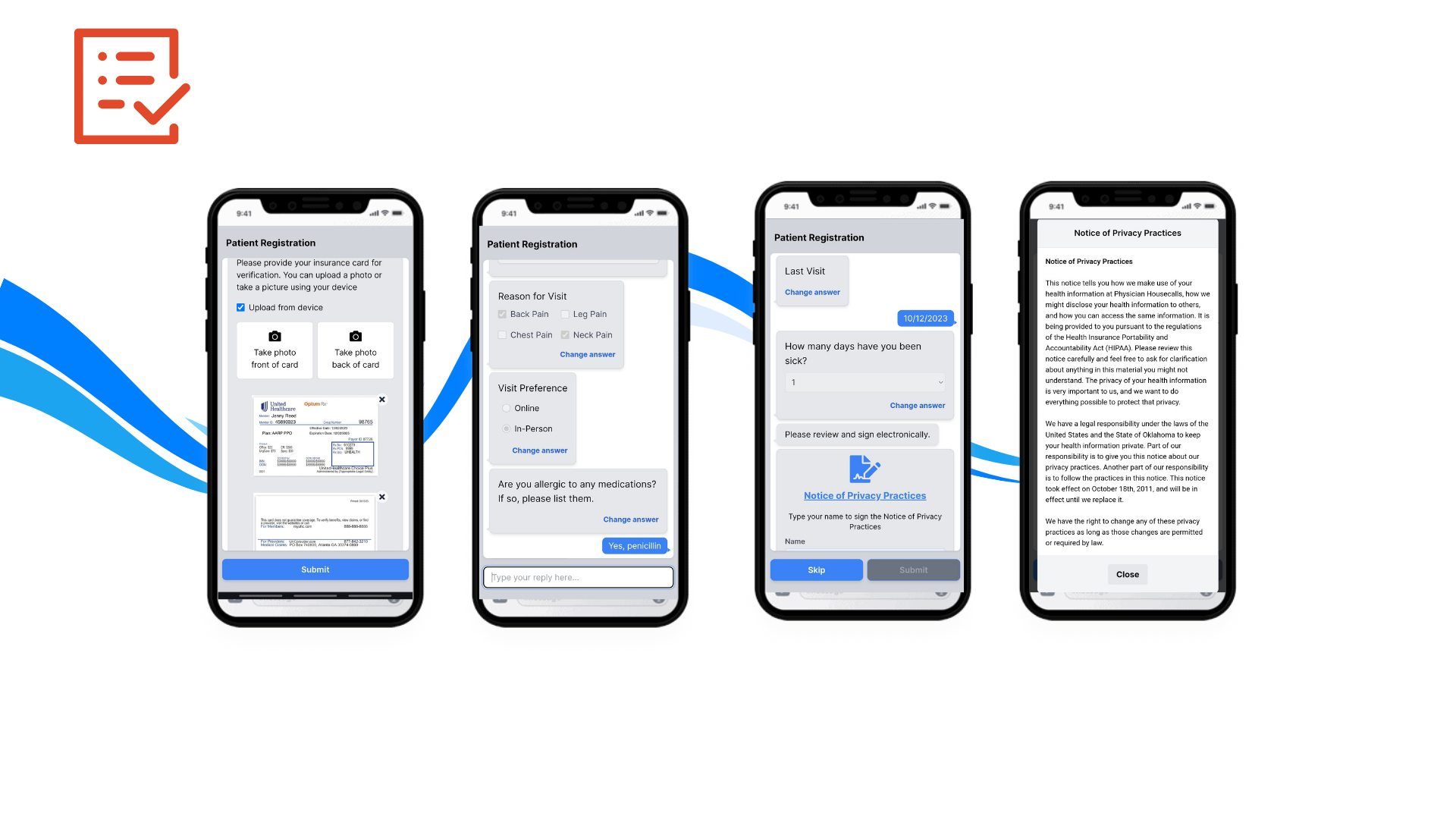
Author Bio:
Kelly Moster
Kelly Moser is the co-founder and editor at Home & Jet, a digital magazine for the modern era. She’s also the content manager at Login Lockdown, covering the latest trends in tech, business and security. Kelly is an expert in freelance writing and content marketing for SaaS, Fintech, and ecommerce startups.


